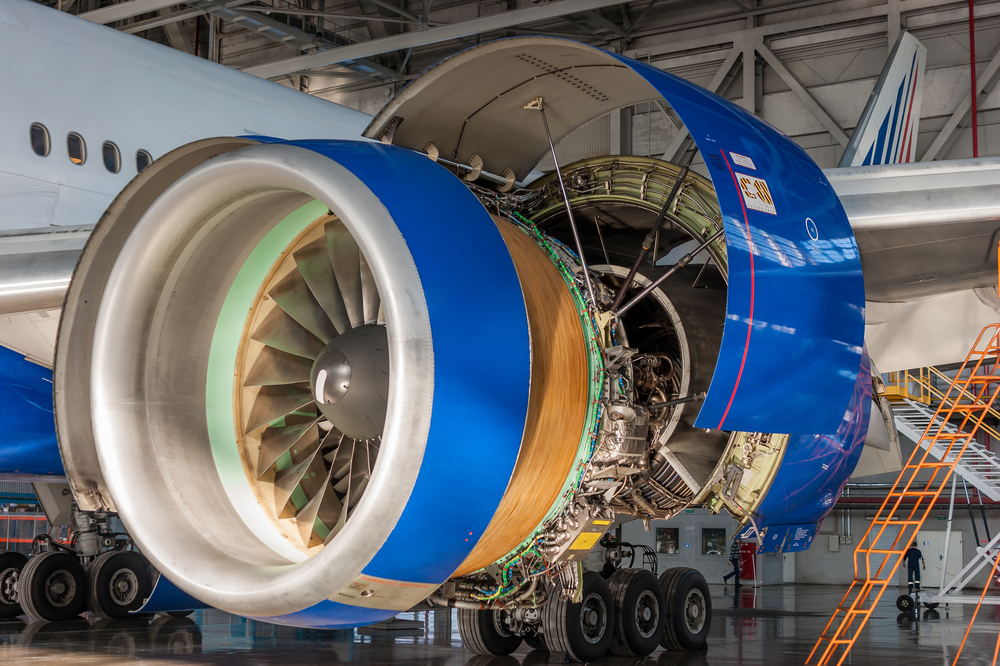
By Henry Cialone, EWI President and CEO
In the ever-changing world of manufacturing, adaptation is not just a suggestion. It’s a requirement.

And keeping up with the latest technology trends is just the first step. As product designs evolve to take advantage of new materials and manufacturing methods, companies also face the challenges of how to repair and maintain their products in the field — a concern that is not often considered during the product design and engineering phases. Consequently, many organizations are recognizing the need to accelerate innovation in repair technologies and to update the skills of the workforce to apply the latest sustainment solutions.
The aviation maintenance, repair, and overhaul (MRO) industry is a good example. The commercial aviation MRO industry is expected to grow to more than $110B by 2025, putting a strain on the available capacity. Military aviation MRO needs are also growing and have the potential to outstrip capacity and put our nation’s readiness at risk. Global commitments combined with fiscal constraints dictate that the sustainment community drastically alter current processes and maintenance paradigms in order to meet current and future demands.
New strategies, process innovations, and the effective and efficient applications of technology to specific sustainment challenges will largely determine the success of the sustainment enterprise. For example, automated inspection and repair technology innovation could dramatically increase MRO capacity, improve consistency, and even enable repair of components that otherwise would be scrapped and replaced. The consequences of not developing improved repair methods include continued increase in sustainment costs, reduced system availability during long MRO cycles, and potentially reduced performance of repaired components.
The Benefit of Dual-Use Approaches
Many rapidly evolving industrial technologies can be brought to bear in developing new repair methods, including:
- advanced nondestructive evaluation
- data analytics
- predictive modeling
- materials characterization
- additive material deposition
- high-precision joining
- advanced coating
- A.I. enabled automation
Emerging technologies such as virtual learning and augmented reality can also help quickly upskill workers to employ these new technical solutions.
To meet increasing market demands, the industry is already investing in many of these technologies and implementing improved sustainment solutions. It stands to reason that lessons learned by industry can also help the government to meet many of its growing sustainment challenges. By providing access to the latest equipment and technical expertise at partner facilities, EWI and partners, including The Ohio State University, Ohio Aviation Institute (OAI), GE Aviation, and the Ohio Aviation and Aerospace Council (OAAC) are developing the Dual-Use Repair Technology Innovation Initiative to serve as the nation’s repair technology “industrial commons.”
The Maintenance, Repair, and Overhaul (MRO) Solution
If successful, we’ll be focusing on a variety of potential solutions to address commercial and military priorities, such as robotic inspection and repair technologies, additive technologies for aircraft engine rotating components, legacy avionics system sustainment, and training the future workforce in new technologies.
So, how do we proceed? We’re establishing a consortium of industry players across the MRO supply chain to help industrial partners take advantage of the latest innovations. We will also provide a vehicle for DoD to leverage and rapidly adapt methodologies already in use in commercial aviation industry. Initially we will be operating out of EWI and partner facilities. Eventually, we plan to create a physical plan for this cluster at The Ohio State University Airport in Columbus, Ohio, to provide a training hub where we can bring students in as interns to learn about developing technologies and be trained on how to implement them in repair.
Still a work in progress, EWI has been developing repair methods and creating an MRO growth plan. We understand the enormity of this challenge, however, and realize we can’t do it alone. We expect our delivery partnership to grow over the coming months.
If you are interested in learning more about this project, contact Henry Cialone at [email protected].